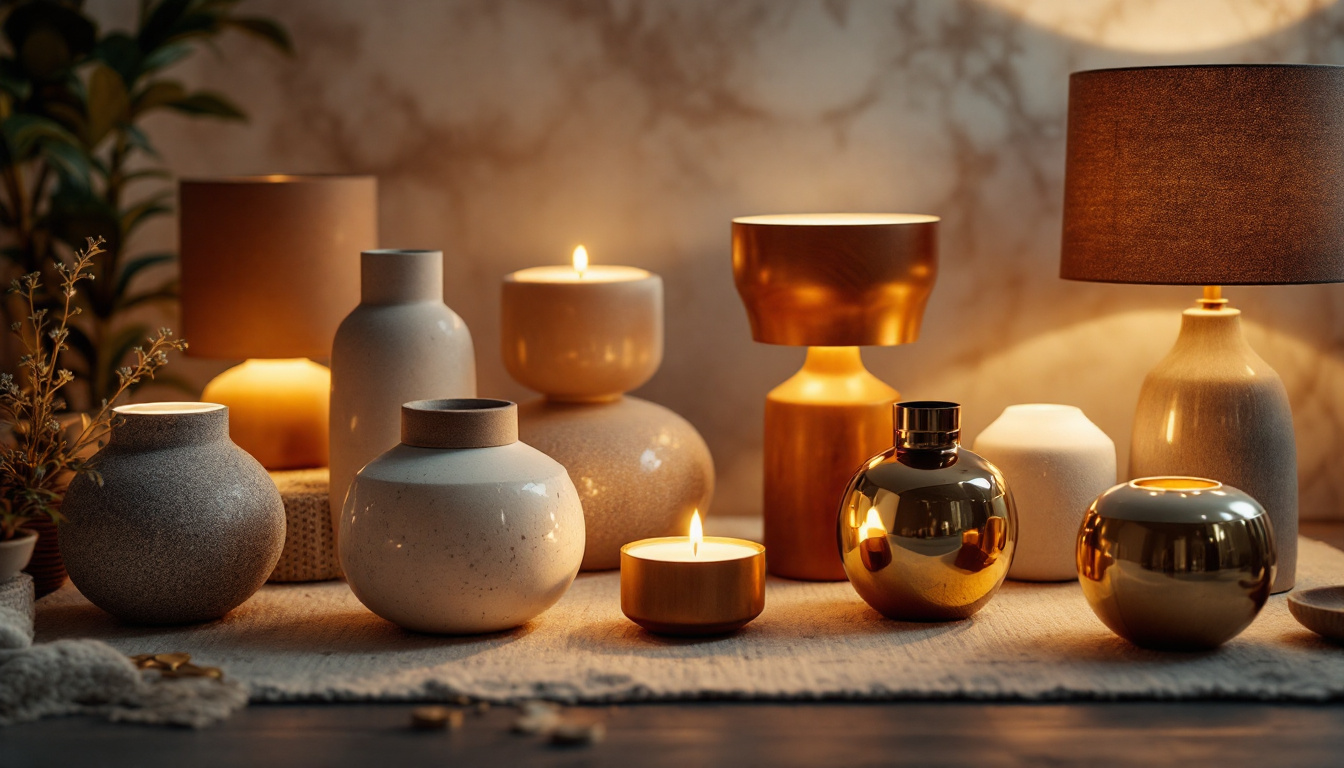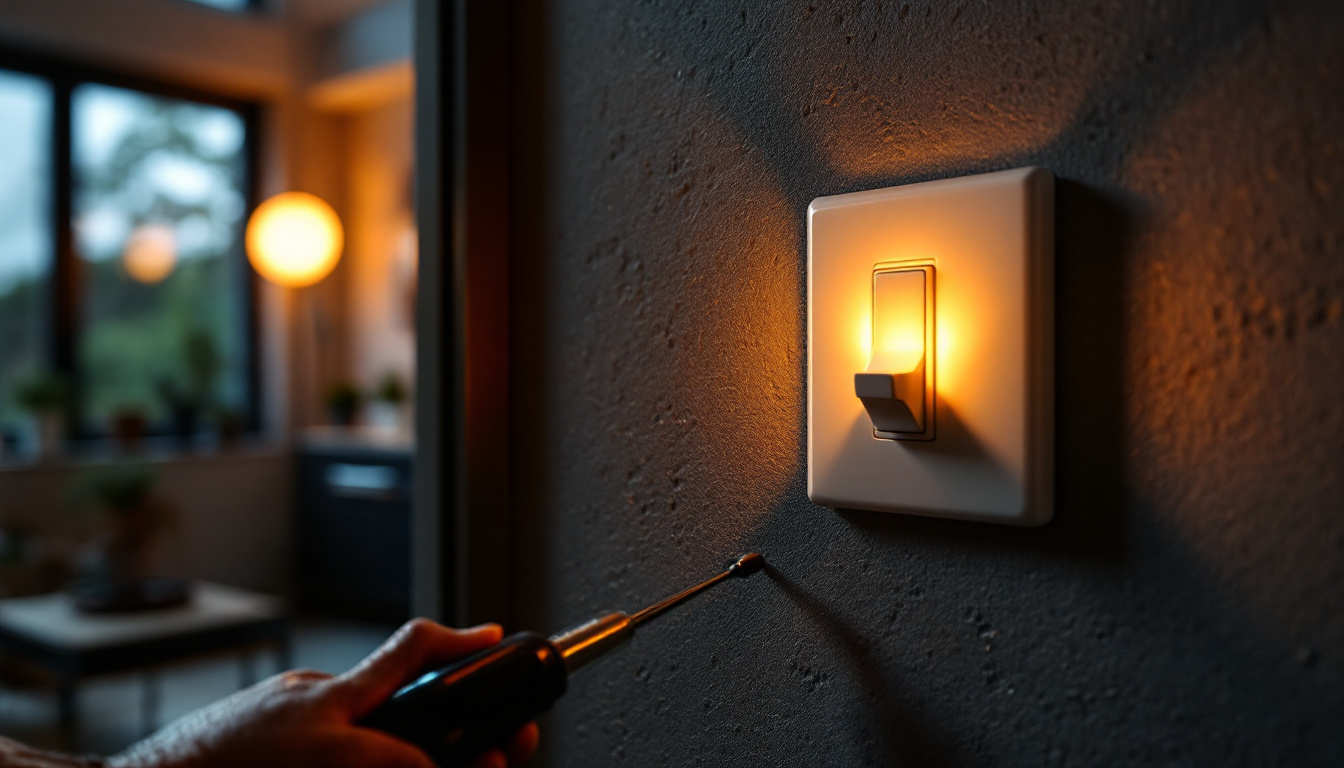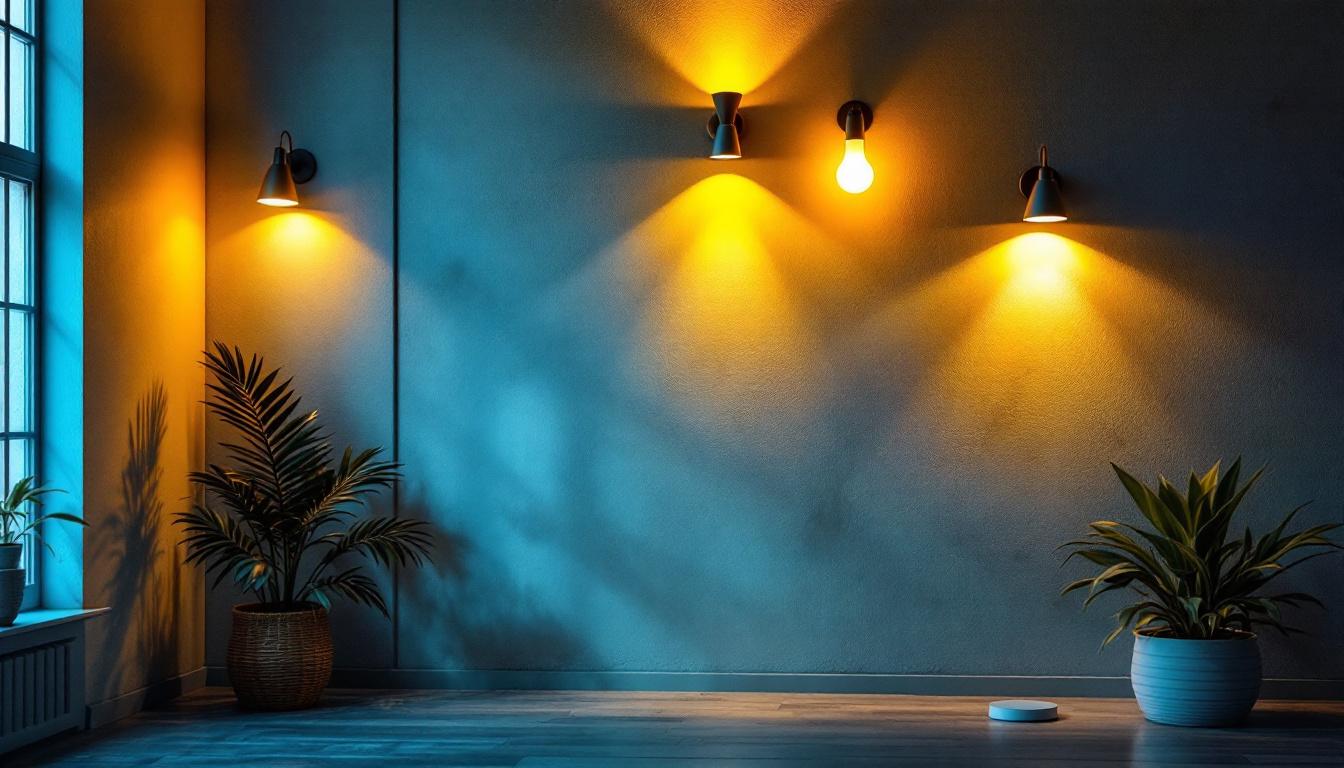
Lighting plays a pivotal role in setting the ambiance and functionality of any space. For lighting contractors, understanding the nuances of light bases for small lamps can significantly enhance their design choices and installation processes. While many contractors focus on bulb types and fixture designs, the base of the lamp often goes overlooked. This article delves into the various types of light bases, their applications, and why they matter in the broader context of lighting design.
Light bases are the components that connect the bulb to the fixture, ensuring a secure fit and electrical connection. They come in various shapes and sizes, each designed for specific types of bulbs and fixtures. A thorough understanding of these bases can help contractors make informed decisions, ensuring both aesthetic appeal and functional reliability.
Choosing the correct light base is crucial for several reasons. Firstly, it ensures compatibility with the bulb type, preventing any potential electrical issues. Secondly, the base can influence the overall design of the lamp, contributing to its aesthetic appeal. Lastly, the base affects the lamp’s stability and durability, which are essential for long-term use. Moreover, selecting the right base can also impact energy efficiency; certain bases are designed to work optimally with energy-saving bulbs, enhancing the overall performance of the lighting system.
There are several common types of light bases used in small lamps, each with its unique characteristics. Understanding these can help contractors select the best option for their projects. For example, the E26 base, also known as the medium base, is one of the most widely used in residential lighting. It is compatible with a variety of bulbs, including incandescent, LED, and CFL, making it a versatile choice for homeowners. On the other hand, the GU10 base, commonly found in track lighting and recessed fixtures, allows for easy bulb replacement and is designed to hold halogen or LED bulbs securely in place. Additionally, the candelabra base, typically used in decorative fixtures, adds an elegant touch to chandeliers and sconces, showcasing the bulb as a part of the overall design.
Below are some of the most prevalent types of light bases used in small lamps, along with their specific applications and benefits.
The Edison screw base is one of the most widely used light bases globally. The E26 base, primarily used in North America, and the E27 base, common in Europe, are both designed for standard incandescent and LED bulbs. Their popularity stems from their ease of use and versatility.
These bases allow for quick bulb replacement and are compatible with a wide range of bulb types, including dimmable options. Contractors often favor them for residential and commercial applications due to their reliability and widespread availability. Furthermore, the E26 and E27 bases have been adapted to accommodate energy-efficient lighting technologies, such as compact fluorescent lamps (CFLs) and smart bulbs, which can be controlled via mobile apps or voice commands. This adaptability not only enhances energy efficiency but also allows homeowners to customize their lighting experience to suit various moods and activities.
The bayonet base, specifically the B22, is another common type of light base. It features a two-pin design that allows for a secure connection with a simple twist. This base is prevalent in the UK and other countries, often used with incandescent and LED bulbs.
One of the advantages of the bayonet base is its secure fit, which minimizes the risk of the bulb becoming loose over time. This feature makes it particularly suitable for environments where vibrations or movement are common, such as in industrial settings. Additionally, the B22 base is often favored for its aesthetic appeal, as many decorative light fixtures are designed to accommodate this style. The bayonet base also supports a variety of bulb shapes and sizes, enabling designers to create unique lighting solutions that enhance the ambiance of any space.
The GU10 base is a twist-and-lock base primarily used for halogen and LED spotlights. It features two pins that lock into place, providing a secure connection that is easy to install and replace. This base is commonly found in track lighting and recessed fixtures.
Contractors often appreciate the GU10 base for its versatility in creating focused lighting. It allows for a variety of beam angles and is ideal for accent lighting in both residential and commercial spaces. Moreover, the GU10 base has gained popularity in modern design due to its sleek profile and ability to produce bright, directional light. This makes it an excellent choice for highlighting artwork, architectural features, or specific areas within a room. As the demand for energy-efficient lighting continues to rise, many manufacturers are now offering GU10 LED bulbs that provide the same intensity as traditional halogen bulbs while consuming significantly less energy, further enhancing the appeal of this base for eco-conscious consumers.
While the aforementioned bases are the most common, several other light bases are worth noting. These bases may not be as widely used but can offer unique advantages in specific applications.
The candelabra base, or E12, is typically used for smaller decorative bulbs, such as those found in chandeliers and sconces. This base is ideal for applications where a more delicate appearance is desired.
Contractors often use the candelabra base in residential settings, particularly in dining rooms and living areas, where ambiance is crucial. The smaller size allows for intricate designs that enhance the overall aesthetic of the space.
Bi-pin bases, such as G4 and G5.3, are commonly used in low-voltage applications. These bases feature two pins that connect directly to the fixture, making them ideal for compact spaces and accent lighting.
These bases are particularly popular in landscape lighting and under-cabinet fixtures. Their low profile allows for creative lighting solutions without taking up excessive space.
The material used in light bases can significantly impact their performance and longevity. Contractors should consider the following materials when selecting light bases for their projects.
Plastic bases are lightweight and cost-effective, making them a popular choice for many small lamps. They are resistant to corrosion and can be molded into various shapes, allowing for creative designs.
However, plastic bases may not be as durable as metal options, particularly in high-heat applications. Contractors should assess the specific needs of their projects to determine if plastic bases are suitable.
Metal bases, such as those made from aluminum or brass, offer enhanced durability and heat resistance. They are often used in applications where longevity is essential, such as in commercial lighting.
While metal bases may come at a higher cost, their robustness can lead to lower replacement and maintenance costs over time. Contractors should weigh the initial investment against the long-term benefits when selecting materials.
When selecting light bases for small lamps, compatibility with the chosen bulb type and fixture is paramount. Contractors must also consider electrical specifications to ensure safe and efficient operation.
Each light base has specific voltage and wattage ratings that must be adhered to for safe operation. Exceeding these ratings can lead to overheating and potential safety hazards. Contractors should always check the manufacturer’s specifications before installation.
Understanding the wattage requirements is particularly important when using dimmable bulbs, as the base must be compatible with the dimmer switch to avoid flickering or reduced performance.
Heat dissipation is another critical factor to consider. Some light bases are designed to handle higher temperatures, while others may not be suitable for high-wattage bulbs. Contractors should ensure that the base can effectively dissipate heat to prevent damage to both the bulb and the fixture.
The design of the light base can significantly influence the overall aesthetic of the lamp. Contractors should consider how the base complements the fixture and the intended use of the lamp.
Light bases come in various styles and finishes, from sleek modern designs to ornate vintage looks. The choice of style can enhance the overall design of a space, making it essential for contractors to align their selections with the project’s aesthetic goals.
Additionally, finishes such as brushed nickel, antique brass, or matte black can add a layer of sophistication or character to the lamp, making it a focal point in the room.
While aesthetics are important, functionality should never be compromised. Contractors must strike a balance between a visually appealing base and one that meets the practical requirements of the lighting application. This includes ease of bulb replacement, stability, and compatibility with dimming systems.
As technology continues to evolve, so too do the designs and functionalities of light bases. Contractors should stay informed about emerging trends that could influence their choices.
With the rise of smart home technology, smart lighting bases are becoming increasingly popular. These bases allow for wireless control of lighting systems, enabling users to adjust brightness, color, and even scheduling through smartphone apps.
Contractors who incorporate smart bases into their designs can offer clients enhanced convenience and customization, aligning with the growing demand for smart home solutions.
As sustainability becomes a priority in many industries, the use of eco-friendly materials in light bases is gaining traction. Contractors should consider options made from recycled or sustainable materials, which can appeal to environmentally conscious clients.
Incorporating eco-friendly bases not only supports sustainability efforts but can also enhance the overall appeal of the lighting design.
Understanding the various types of light bases for small lamps is essential for lighting contractors aiming to deliver high-quality, aesthetically pleasing, and functional lighting solutions. By considering factors such as compatibility, material, design aesthetics, and emerging trends, contractors can make informed decisions that enhance their projects.
Ultimately, a well-chosen light base contributes to the overall success of a lighting installation, ensuring that both contractors and clients are satisfied with the final result. As the industry continues to evolve, staying informed about these elements will be key to maintaining a competitive edge in the lighting market.
Ready to elevate your lighting installations with the right bases and top-quality fixtures? Look no further than LumenWholesale for all your lighting needs. Our spec-grade products are designed to meet the highest industry standards, ensuring that every project shines with reliability and performance. With unbeatable wholesale prices and the convenience of free shipping on bulk orders, you can access premium lighting solutions that blend quality with affordability. Don’t let hidden fees dim your vision—choose LumenWholesale for the best value in lighting. Wholesale Lighting at the Best Value is just a click away.

Discover how single pole switches can streamline your lighting installation projects.

Discover how light fittings for low ceilings are transforming modern lighting solutions.

Discover expert insights and best practices for installing indoor wall mounted lights from top lighting contractors.

Discover how industrial LED shop lights revolutionize safety in lighting installations.